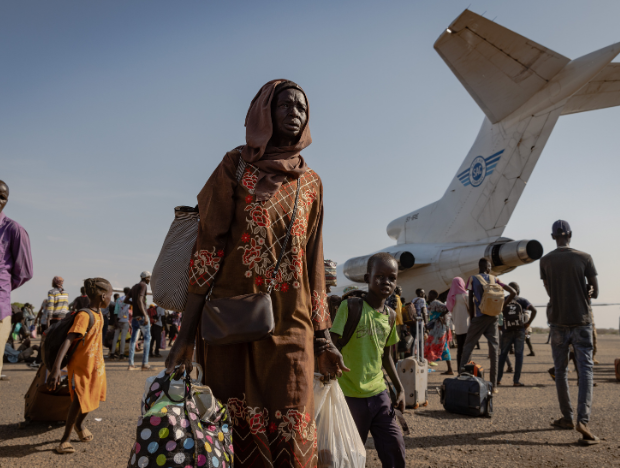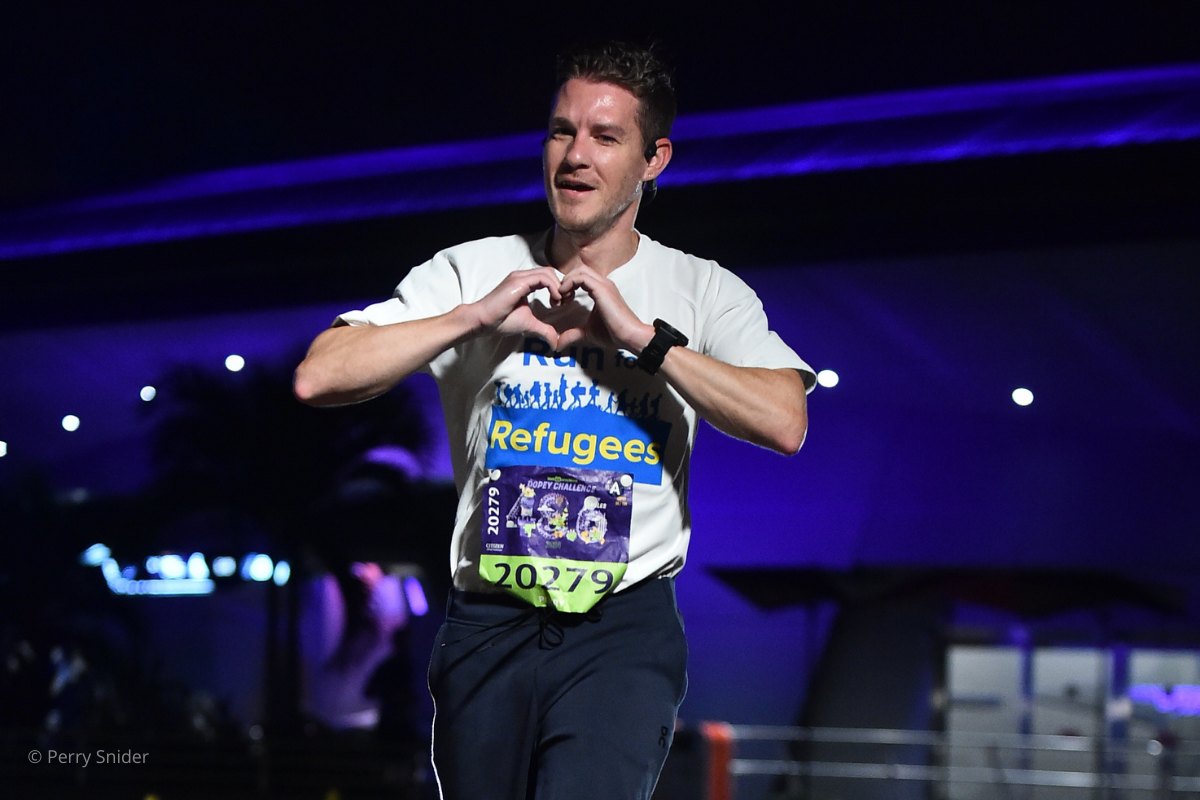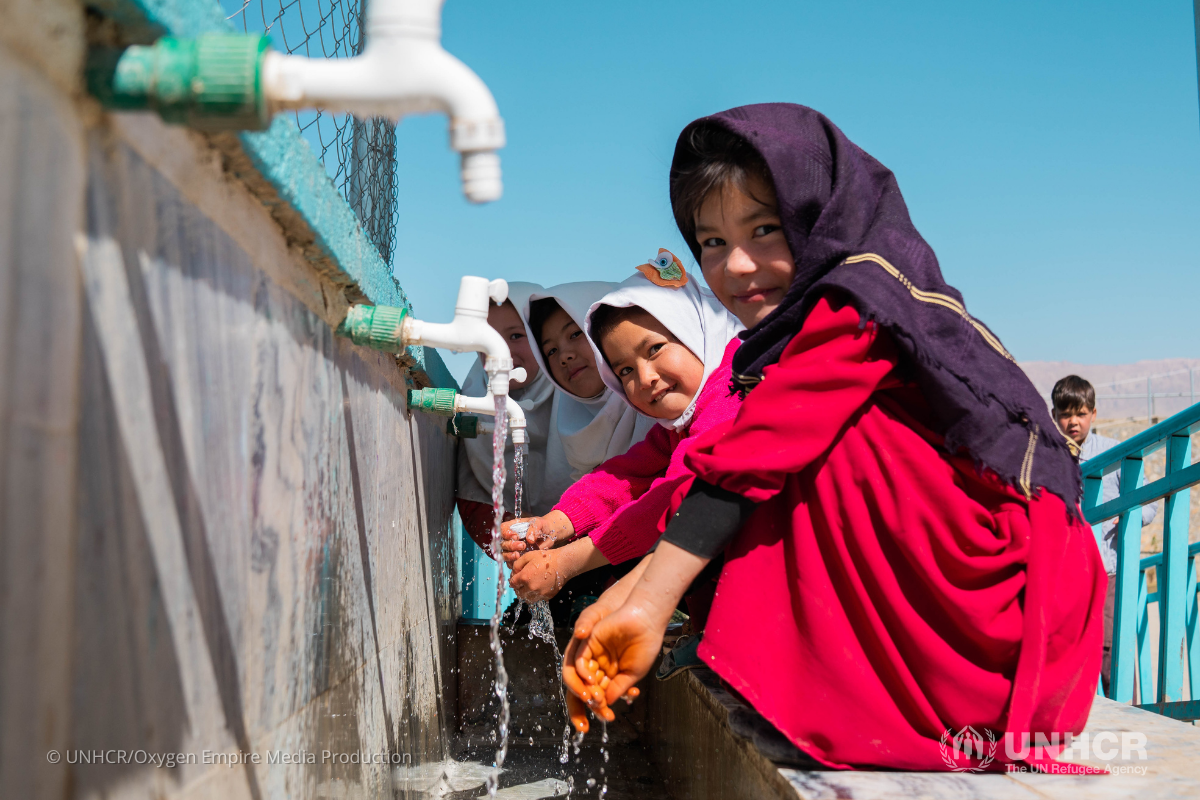Afghanistan Refugee Crisis Explained
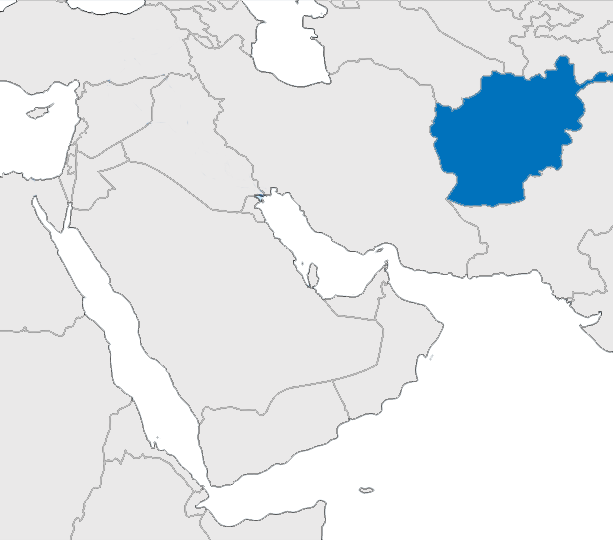
After more than four decades of conflict and instability in Afghanistan, an estimated 28.3 million Afghans - two-thirds of the population, including women and girls - are in need of humanitarian and protection assistance. More than 1.6 million Afghans have fled the country since 2021, bringing the total number of Afghans in neighboring countries to 8.2 million - accounting for one of the largest protracted refugee situations in the world.
Here's What You Need to Know:
1. Why have people from Afghanistan been forced to flee?
2. Where are Afghan refugees fleeing to?
3. How long are most Afghan refugees displaced for?
4. What are some of the greatest challenges displaced people from Afghanistan face today?
5. What is UNHCR doing to help newly displaced Afghans and Afghan refugees?
6. Are there resettled Afghan refugees in the United States?
Why have people from Afghanistan been forced to flee?
Afghans have suffered more than 40 years of conflict, natural disasters, chronic poverty, food insecurity, COVID-19 pandemic and most recently a changeover in government authorities. The events leading up to the Taliban’s takeover of Kabul in August 2021 intensified instability and violence in Afghanistan – causing even more human suffering and displacement.
Today, more than 8 million Afghans have been driven out of their homes or their country by conflict, violence and poverty. At least 3.2 million Afghans are displaced within their own country. As the humanitarian crisis continues, the resilience of Afghans and their host communities is being stretched to the limit.
Where are Afghan refugees fleeing to?
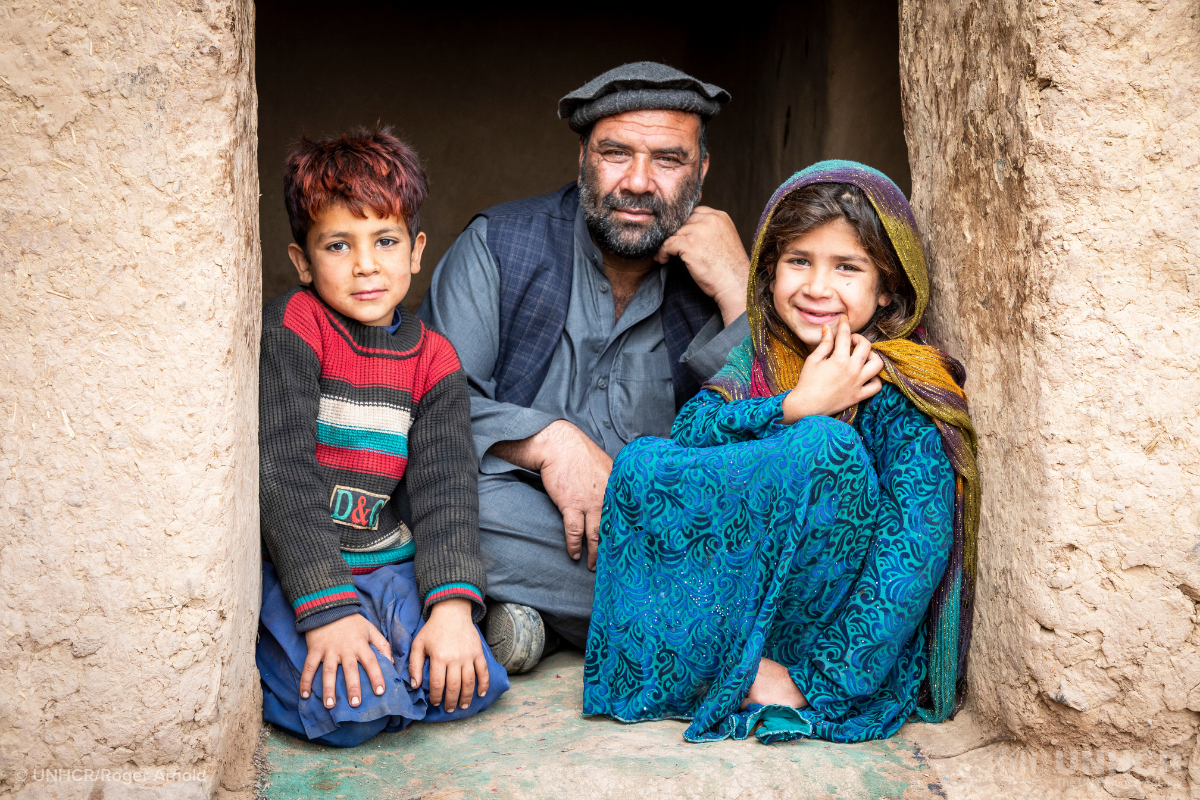
Afghan refugees are the third-largest displaced population in the world after Syrian and Ukrainian refugees. In 2023, there were at least 8.2 million Afghans hosted across 103 different countries. Many have been in the region for decades and a vast majority are living in Pakistan and Iran. Over 70 percent of those in need of support are women and children.
How long are most Afghan refugees displaced for?
Afghan refugees continue to make up one of the largest and most protracted displacement situations under UNHCR’s mandate. The prolonged nature of the crisis has prompted intensified efforts to support Afghan refugees and the host communities in Iran and Pakistan that have generously accommodated them for over four decades. These efforts include initiatives to facilitate their voluntary return and sustainable reintegration that aims to find solutions for refugees and provide support to host countries.
“Afghanistan’s displacement crisis is one of the largest and most protracted in UNHCR’s seven-decade history. We’re now seeing a third generation of Afghan children born in exile,’’ says UN High Commissioner for Refugees Filippo Grandi.
What are some of the greatest challenges displaced people from Afghanistan face today?
Four decades of conflict and instability in Afghanistan have left millions of people on the brink of hunger and starvation. A record 28.3 million people are in need of humanitarian and protection assistance in 2023 - a huge spike from 24.4 million people in need in 2022 and 18.4 million in early 2021. In 2023, 20 million people face acute hunger, with 6 million people in ‘emergency’ levels (one step away from famine) - one of the world’s highest figures.
The impact of the conflict on women and children has been particularly devastating. The fundamental rights of women and girls are under threat and many children are out of school. Malnutrition rates remain extremely high, with some 875,000 children suffering from severe acute malnutrition in 2023, and 2.3 million children and 840,000 women from moderate acute malnutrition.
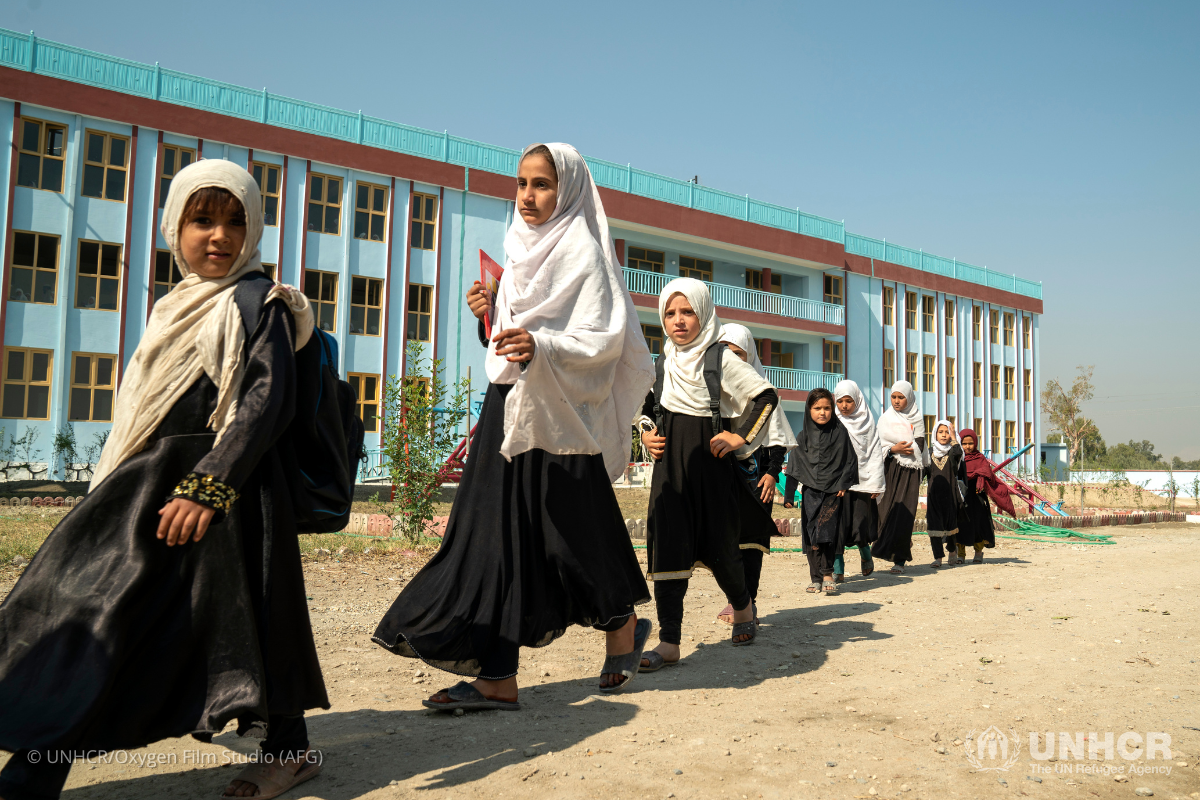
Eighty percent of households across Afghanistan have experienced income reduction as the country enters its third consecutive year of drought-like conditions and second year of economic decline. Debts have also increased – both in terms of the number of people taking on debt (82 percent of all households) and the amount of debt (about 11 percent higher than the previous year).
In addition to the ongoing conflict, Afghanistan has been impacted by recurrent natural disasters including droughts and earthquakes. In June 2022, the worst earthquake to hit the country in the last twenty years struck Afghanistan, killing at least 1,000 people and injuring many more. The Afghan population has been pushed to the limit by prolonged conflict, high levels of displacement, the impact of COVID-19, natural disasters and deepening poverty.
What is UNHCR doing to help newly displaced Afghans and Afghan refugees?
UNHCR is committed to staying and delivering in Afghanistan. UNHCR and partners are assisting the most vulnerable Afghans with emergency shelter, food, health, water and sanitation support, cash assistance and psycho-social support within Afghanistan and neighboring countries.
UNHCR stayed throughout the Taliban takeover and rapidly scaled up its operation, providing lifesaving support to over 916,000 people in 2021 through emergency programming — including the provision of tents, cash, hygiene kits and other essential items.
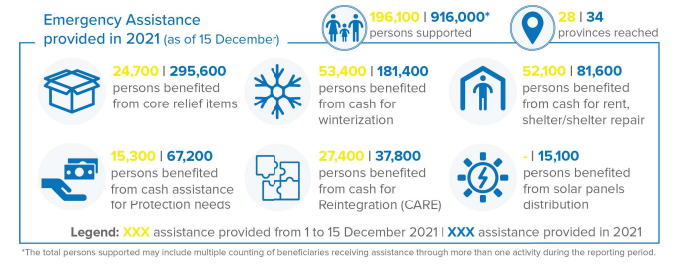
UNHCR also helps by facilitating voluntary repatriation for Afghan refugees from Iran, Pakistan and other countries, once it is established that their return is voluntary, safe, dignified and durable. Since 2002, UNHCR has supported the return of over 5.3 million refugees to Afghanistan.
Afghan returnees are provided with cash grants to help address their immediate needs, as well as basic health services like malnutrition screening and vaccinations, mine risk education, information on school enrollment and overnight transit assistance. They are also assisted with reintegration into their communities.
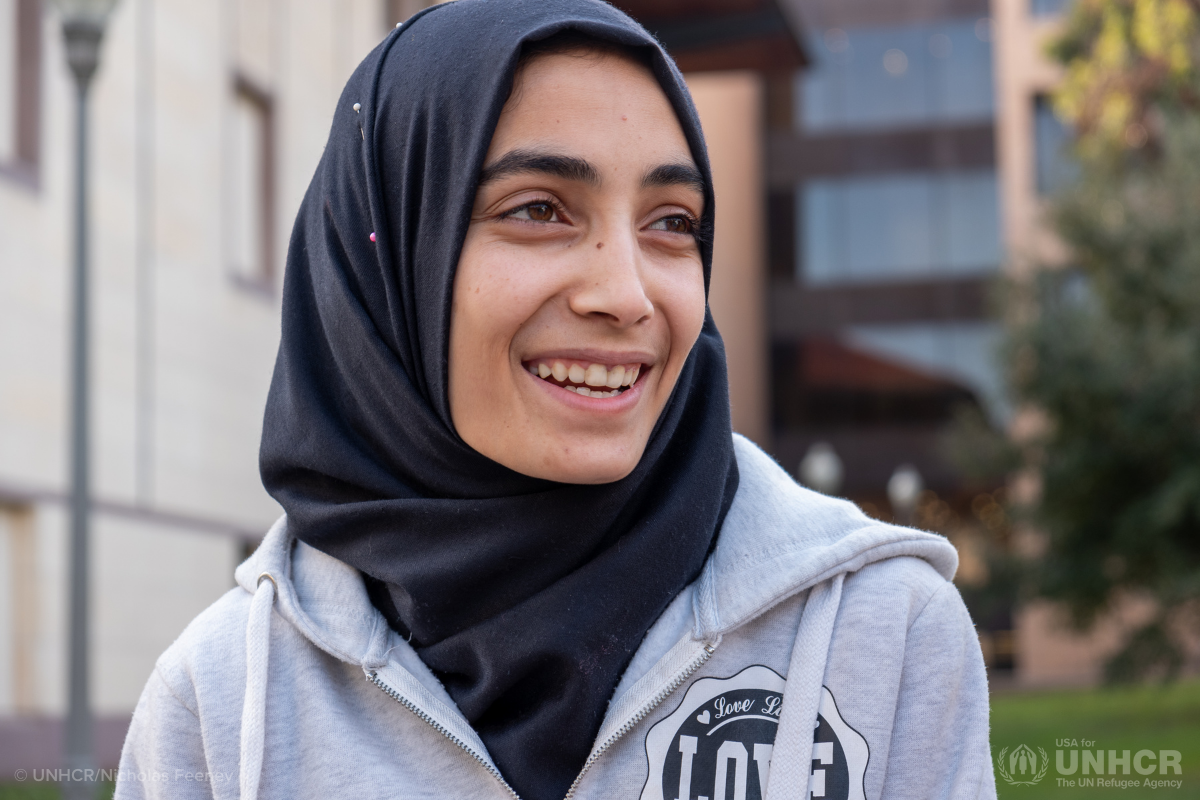
Are there resettled Afghan refugees in the United States?
The United States has a long history of welcoming refugees, including Afghan refugees. Some of those who have been resettled are Afghan nationals who served as translators or interpreters during the U.S. mission in Afghanistan. Due to their employment with the U.S. government, many faced serious threats to their safety following the Taliban takeover of Kabul. They have come to the U.S. seeking safety for themselves and their families and have been resettled in communities where they are now thriving. Fatima is a shining example of a young Afghan refugee who is building a better life in the United States.
Help protect Afghan refugees...
UNHCR is on the ground providing urgent aid, such as food, shelter, clean water and medicine. Your gift will have an immediate impact on displaced Afghan families who are escaping conflict and persecution. Start making a lifesaving difference and make a donation today.
